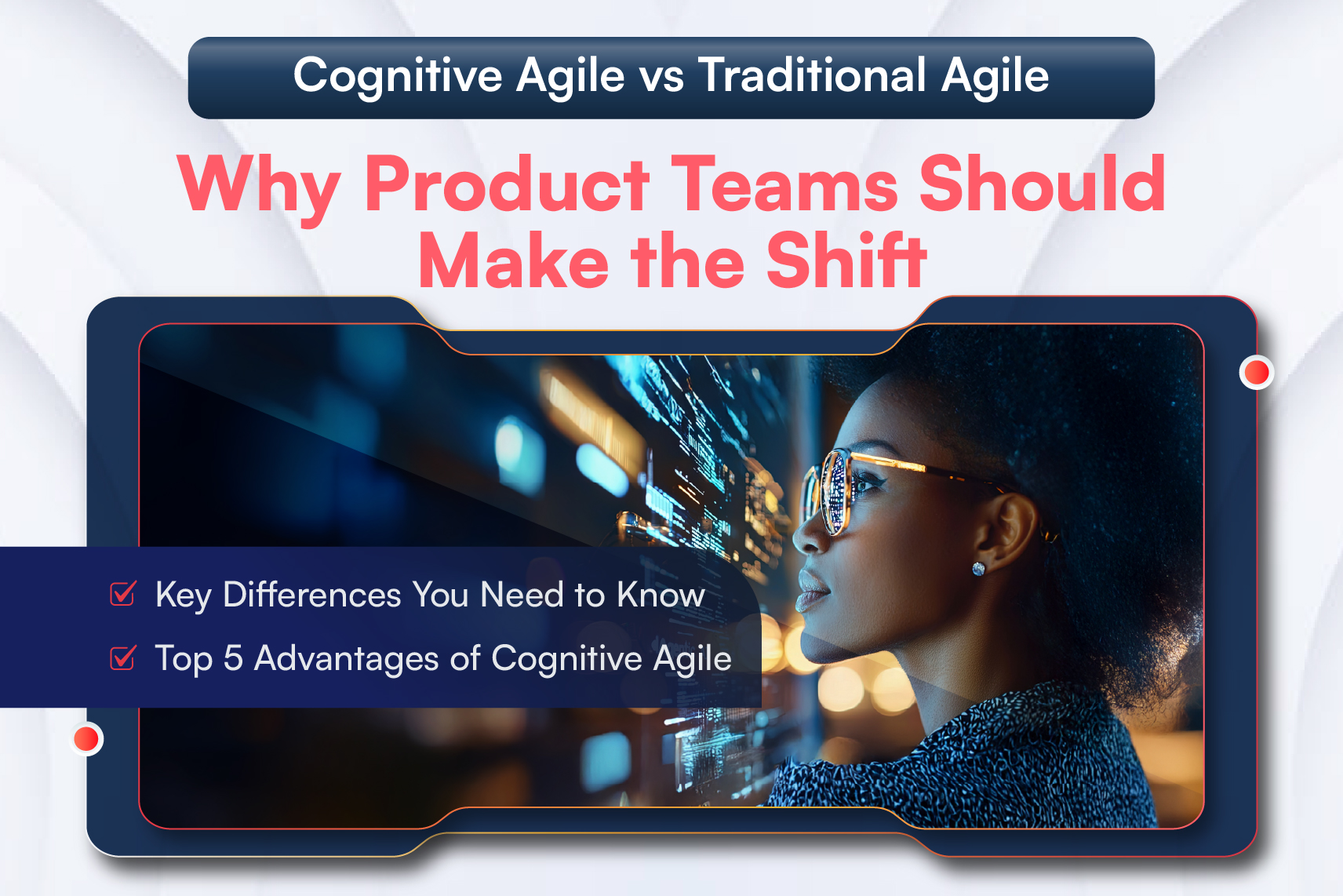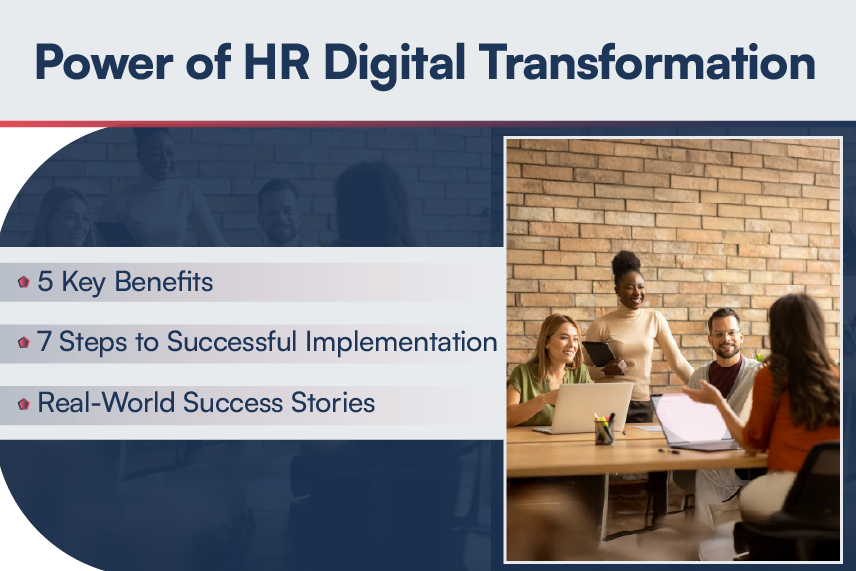
Cloud has taken a center-stage in enterprise business dynamics. Organizations are no longer contemplating about whether to go for cloud and allocating big slice of their budget pie for buying up cloud services. The public cloud services market is forecasted to grow 18.5 percent in 2013 to total $131 billion worldwide, up from $111 billion in 2012, by Gartner Inc.
According to my analysis of the current play in Cloud industry, following trends have seen great strides globally and are overwhelmingly interesting to observe:
1- Hosted private clouds – Adoptions on the rise & Hybrid Clouds- the latest cohort to enter the Cloud ecosystem
Hosted Private clouds, in simple terms can be stated as hosting your cloud off-premise through a third party provider with adequate security and controls to pass all compliance requirements.
For many enterprises, hosted private clouds offer the best middle ground between infrastructure scalability and the need to uphold admissible control over sensitive data. IDC forecasts, Worldwide Spending on Hosted Private Cloud will experience a compound annual growth rate of more than 50% over the 2012-2016 forecast period.
Having said that, many organizations have begun to shift their focus towards Hybrid cloud deployments- which offers best of both worlds- Security principles used in private cloud and speed and flexibility offered by public cloud deployments.
With emergence of Big data and business intelligence applications and the growing as- a-service model in the IT industry – a hybrid approach offering agility and speed amidst a secure environment, is the need of the hour.
2- Cloud and mobile- Tightly Coupled
As mentioned in my previous blog-post (Cloud will become bigger deal in mobility), cloud based apps which are very similar to web based apps but better in terms of providing a secured environment for data, will continue to gain ground in organizations. Cloud based apps shall eliminate the concern of cross platform compatibility in enterprises implementing BYOD(Bring Your Own Device) policies, also since business/sensitive data will not reside locally on the devices but on cloud. Thereby, definitely impressing the IT decision makers.
3- Pricing war between Cloud Storage Providers
Amazon, Google and Microsoft have cut prices for their public cloud services multiple times this year. With continuing improvement in data storage technologies and as cloud storage becomes a commodity, we can expect further cuts in future. This will make it difficult for small segment players to survive unless they carve out a niche or differentiating factor in their services.
4- Cloud to drive Mergers &Acquisitions
As mentioned in the above trend, small players may find it difficult to survive the pricing battle between the big three players. In the last one year, we have witnessed, major acquisitions by these big players such as IBM buying Softlayer Technologies, CSC acquiring an enterprise cloud management Company ServiceMesh and VMware acquiring Deskstone a desktop-as-a-service (DaaS) provider. Candidly, cloud will continue to occupy a significant pie in the merger and acquisitions deals.
5- Organizations increased awareness of Cloud expectations
Enterprises moving to cloud are now more aware of their needs and expectations from a cloud service provider (CSP). As the industry standards mature, more organizations will demand greater transparency in cloud contracts to improve risk management by including but not limited to recovery time, data integrity and other quantifiable measures in service level agreements. It will become common practice to perform on-site assessments and regular review of third party certifications of CSP’s by buyers.
6- Cloud Security – Development of new techniques required
The Cloud Security Alliance (CSA) in a report designed to examine the most pervasive security threats threatening cloud in 2013, listed data breach, data loss and account hijacking as the top three threats to cloud security.
Cloud, unlike conventional technologies, has many unique features such as its large scale, distributed resources, heterogeneous and virtualized operations. Traditional security mechanisms like identity, authentication and authorization are no longer adequate in their current form. New methods like encrypting the data while processing can certainly help improve the state of affairs, but the computational power required for this is not feasible as of now.
Till the security aspect of cloud is improved, organizations will selectively deploy applications and systems to the cloud while keeping the sensitive data in-house.
7- Cloud Enabled Outsourcing
According to the recently released results of a global survey by IAOP (International Association of Outsourcing Professionals), cloud-based outsourcing solutions are on the rise. As the outsourcing model transformed the industry landscape in late 90’s, cloud will prove to do the same in terms of cost, flexibility and scalability. The business process outsourcing (BPO) industry is already being driven by SaaS offerings, further reducing the investment commitment.
Organizations are pondering over models similar to ‘pay-as-you-go’ in areas like software testing. It will only be a matter of time before this model is adopted for other IT outsourcing services. To compete, outsourcing vendors will transition their operations to the cloud and reconfigure their legacy IT assets to deliver cloud like performance and services.
8- Personal Cloud
As mentioned in my previous post, it’s a multi device world and people like to access personal content, services and preferences from each device. Personal Cloud will be the bond that will connect the multiple devices people choose to use during different aspects of their daily lives and create an ecosystem of a portable, always-available storage for all their digital needs. We already see this happening with the advent of cloud storage being offered freely with sale of smart-phones and tablets like iCloud, SkyDrive etc.
9- Cloud based Business Intelligence and Analytics- Excellent growth rate expected
According to Gartner report Business Intelligence is a top area of investment for organizations and as predicted by marketsandmarkets cloud-based business analytics will grow from $5.25 billion this year to $16.52 billion in 2018, an annual growth rate of more than 25 percent.
Cloud based BI services and solutions use SaaS like licensing model that allows firms to pay only for the services they require to conduct the analytics. This can help enterprises get more cost-effective business intelligence as it saves them from investing heavily in in-house IT expertise and infrastructure.
10- Cloud Services Brokerages To Grow
As progressive organizations are realizing the benefits of moving to cloud, they aspire to join the bandwagon. However, the steps required to be taken for cloud enablement are not always clear and smooth. Finding the right cloud service provider, determining the best model (private/ hybrid/public) for your applications, migrating data securely and seamlessly, transforming legacy apps to cloud, are some of the important considerations one has to ponder upon before taking the first step towards cloud, and this can get overwhelming for organizations. Here, Cloud services brokerages (CSB) have come to the rescue.
A CSB is a third party entity which augments cloud services on behalf of cloud service consumers, via three primary roles- aggregation, integration and customization. A competent CSB can make it easier, secure and efficient for organization to migrate, integrate and customize cloud services.
These trends are all ultimately defining the ability to do business in the current age. And undoubtedly, some of these could become the movers and shakers of tomorrow.






